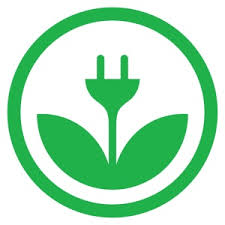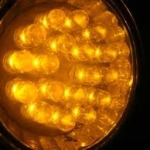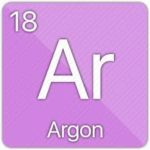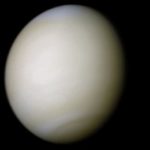Energy Saving and Light Bulbs
Energy saving has a direct impact on the nature. Production of energy through conventional methods has been leading to greenhouse gas emission which is a major cause for global warming. For this reason energy saving is a priority item in many nations.
What is energy saving?
Energy saving in simple words is the process of saving energy by adopting energy efficient lightings and equipment. Energy star labels affixed on the electrical appliances indicate the energy efficiency of the equipment.
Which are the types of energy saving bulbs?
It is estimated that in most homes and offices around 20% of the electricity bill is on account of lighting. Of course the best method to reduce the bill is controlling consumption which is controllable only to certain extent. The best alternative is adopting latest technology. Advanced technology coupled with the awareness on energy consumption has resulted in introducing energy efficient appliances and lightings.
The advancement in technology has revolutionized energy-efficient lighting. It has resulted in pushing out the incandescent bulbs from the field. Different technologies are used to manufacture energy saving bulbs. Halogen incandescents, Light Emitting Diode (LED) and Compact Fluorescent Lamps (CFL) are highly energy efficient compared to conventional incandescent bulbs. By shifting to LED or CFL bulbs the energy wastage can be reduced by over three quarters. Saving results from the fact that these bulbs are capable of producing same level of light by a fraction of energy used by traditional bulbs.
Major concern in shifting to more efficient lighting systems was the exorbitant prices. However, advancement in technology, more demand and mass production of the LED and CFL bulbs have reduced the cost of production considerably. Now, such bulbs are available in different designs and sizes at affordable prices for all.
What are the advantages offered by energy saving bulbs?
• The most visible advantage is the reduction in electricity bill.
• An energy efficient bulb lasts up to 12 times longer than the counterpart. The initial investment cost for replacing an incandescent bulb by an energy efficient bulb is thus compensated by the long life and reduced operating expenses.
• A 100 w ordinary light bulb in just 30 minutes produces enough CO2 to fill a party balloon. By installing energy efficient bulbs, the carbon dioxide emissions can be reduced.
• Today, energy-efficient bulbs are available in a wide range of colours, designs and light levels.
• CFLs require a little more energy to turn on, but thereafter use only 30% of energy required by incandescent bulbs to go on, thus making the operating cost less.
• The quantum of heat produced by energy efficient bulbs is less.
What are the disadvantages associated with CFL bulbs?
Each CFL bulb contains around 4 milligrams of mercury. Mercury becomes toxic, if a person happens to be exposed to high doses. It is a potential threat to environment too and hence disposal of damaged CFLs requires more care. Why shape of CFL lamp differs from incandescent lamp?









